 The Metropolitan Police Department was created by an Act of Congress, and named such, as the department was to have jurisdiction over Washington City, Georgetown, Union Town, Anacostia and the area north of the city’s Boundary Road (Florida Avenue) known as “Washington County.”
The Metropolitan Police Department was created by an Act of Congress, and named such, as the department was to have jurisdiction over Washington City, Georgetown, Union Town, Anacostia and the area north of the city’s Boundary Road (Florida Avenue) known as “Washington County.”
Throughout its 160+ year history, the police department changed uniforms in dramatic and sometimes subtle ways.
From humble beginnings with just a badge, the officers of the Metropolitan Police Department have worn an array of hats, blouses, winter coats, and shirts as they progressed through the years.
Here is a look at the changes.
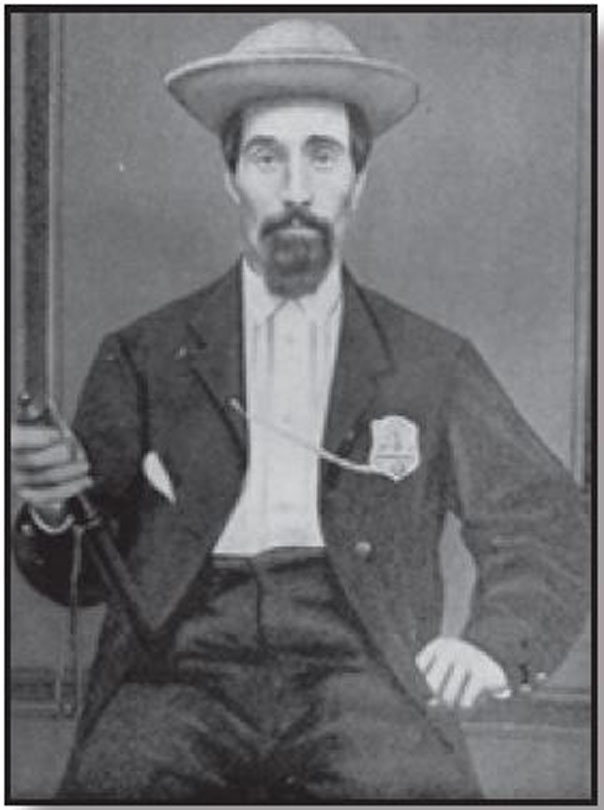
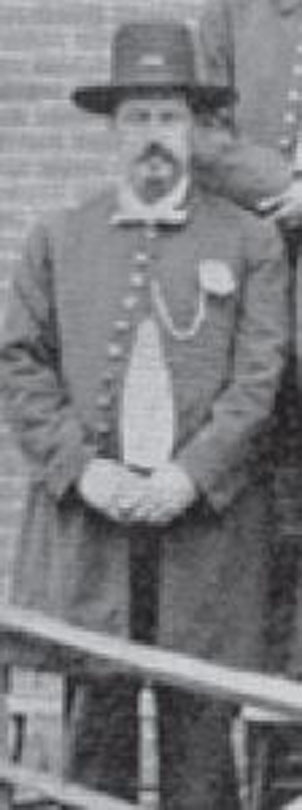
The start to a storied agency
Some of the earliest images are from 1876. Here, the officers wore a wide brim hat, an outer coat of single buttons and their badge was on a chain.
It appears in some of these images that there is some form of laurel cap plate or insignia on the prow of the wide brim hats.
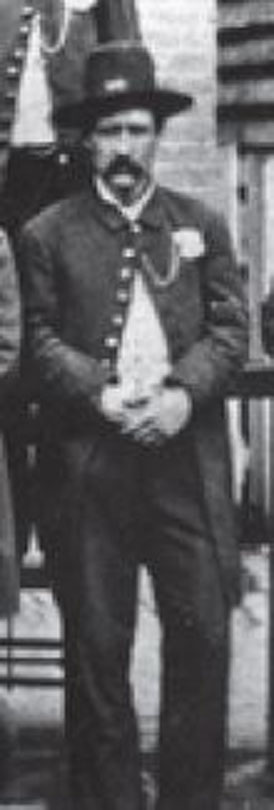
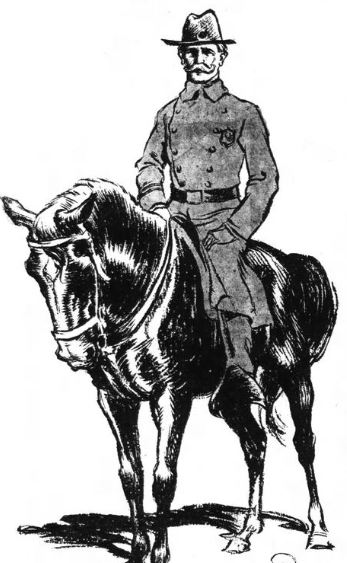
Here is a sketch of a mounted officer from approximately the 1870’s.
Note the double row of buttons.
Buttons and the number of them will in some cases come to signify rank.
By the 1880’s there was a more standardized uniform coat, cap plate, and helmet style hat.
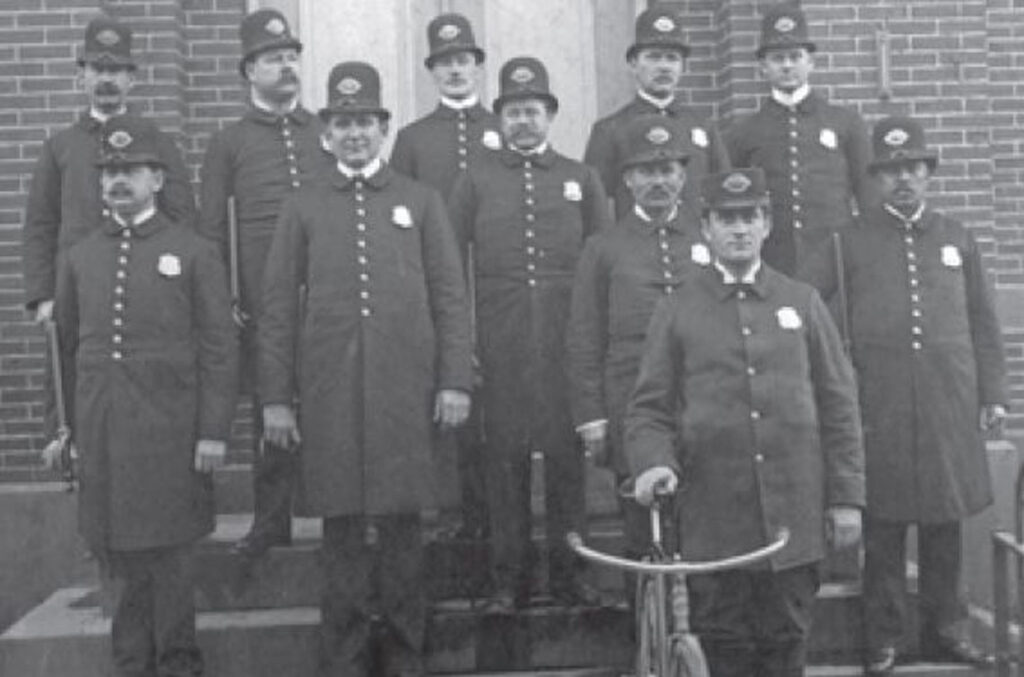
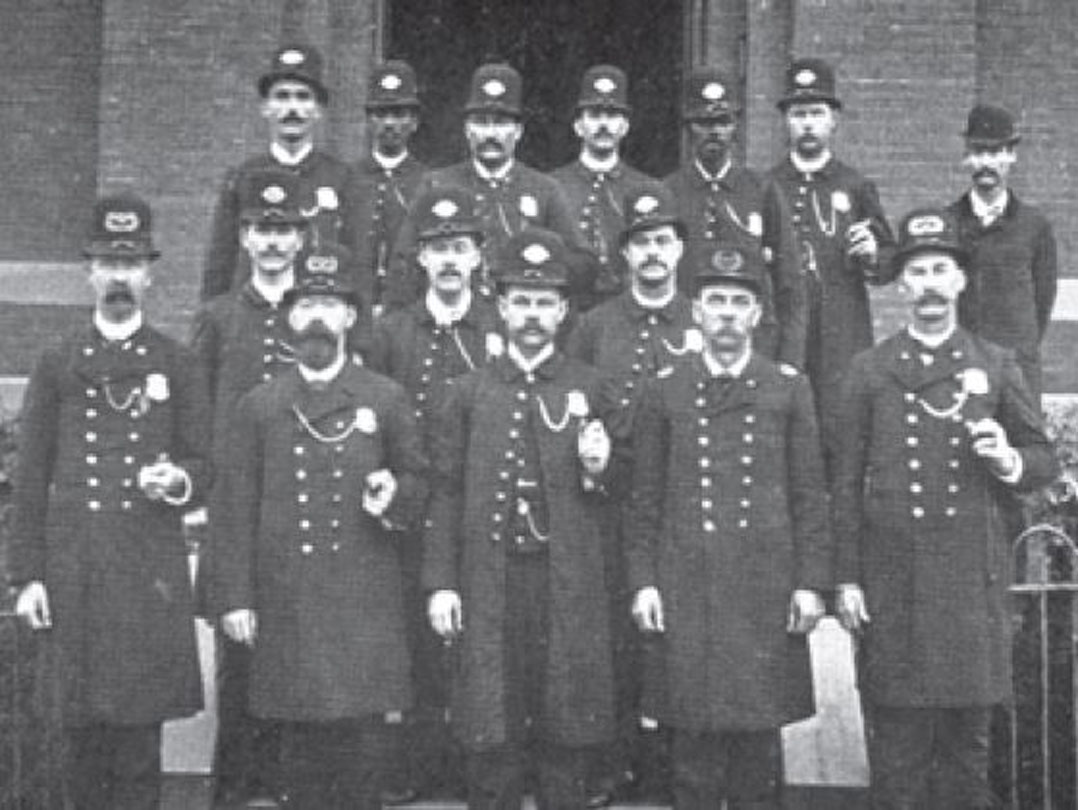
In the next incarnation of uniforms, it appears that the officials (front) have a double row of buttons while officers have only a single row.
Bicycle mounted officers, which began prior to 1900, wore a soft cap with an embroidered emblem.
None of the officers are wearing duty belts over their coats the way they do later.
To the right, we see a photo of members of the 1893 Drill Team.
Note the hat on the official compared to the officer. Officials wore soft embroidered caps.
This official does not have a badge on.
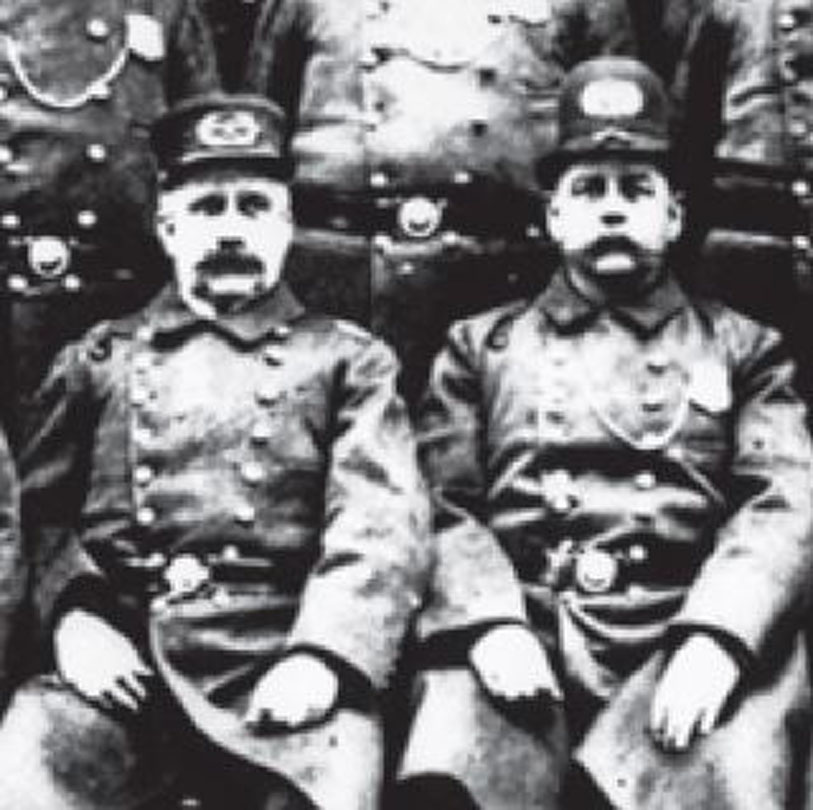
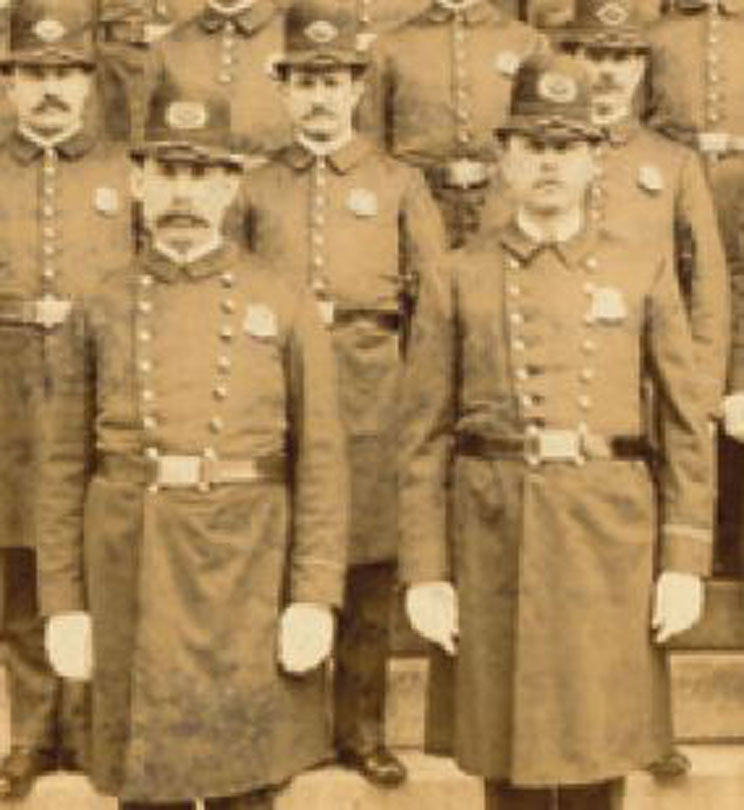
Perhaps these are the dress uniforms of the era but also note, no chain on the badge in this photo.
The dates of these images are only a few years apart.
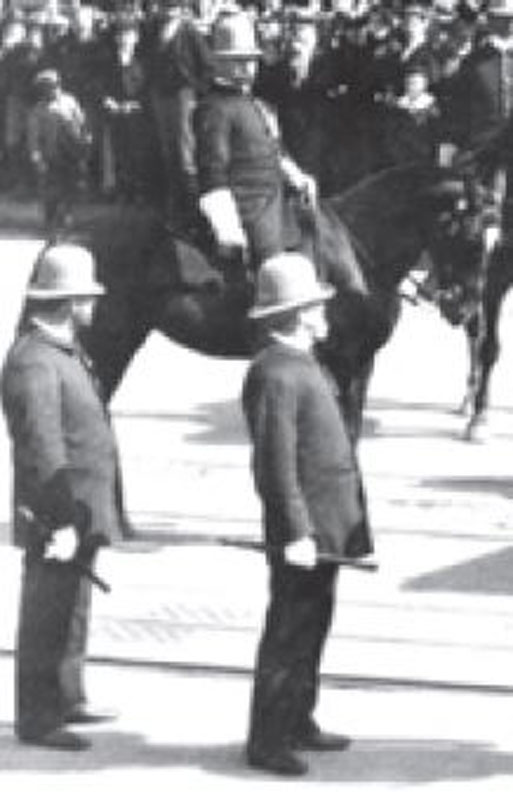
By 1880, there were summer uniforms consisting of a lighter garment and light colored helmet.
This image at left is from 1899.
Here we have the lighter helmets, with no cap plate that you can see, and the row of coat buttons has changed, and the chains on the badges are gone.
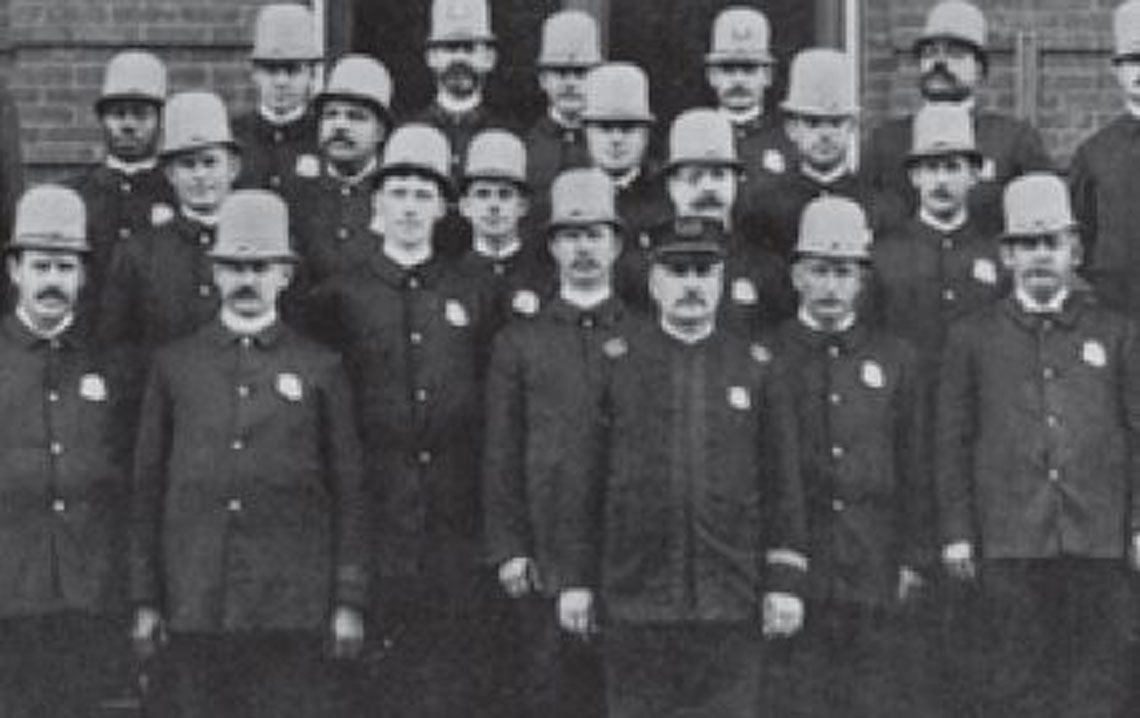
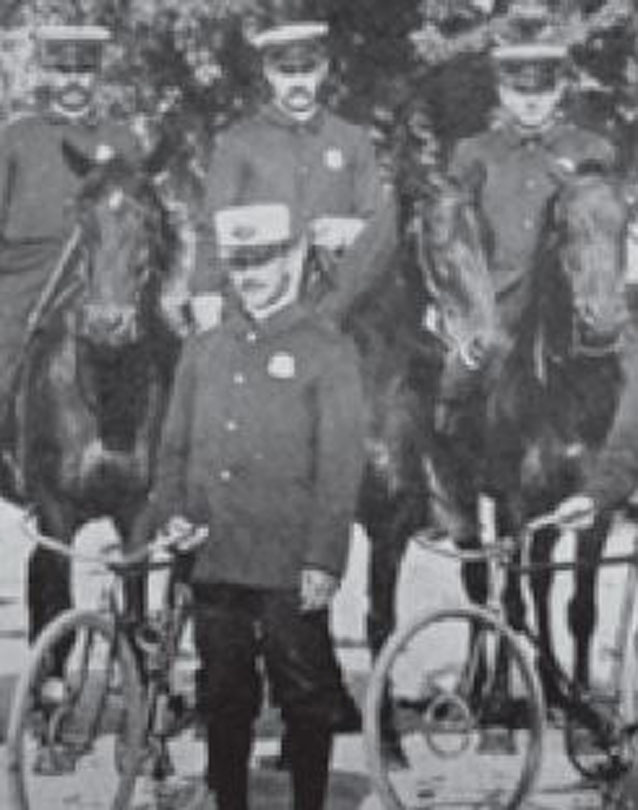
After the turn of the last century, the bicycle squads were quite common and it appears that horse mounted officers wore a white soft cap.
By 1915, the uniforms change, particularly the hats.
The helmets and soft caps are gone and officers and officials wear a rounded, military style dress hat, with a new cap plate.
It is presumed that the officer on the right, is modeling the longer winter coat.
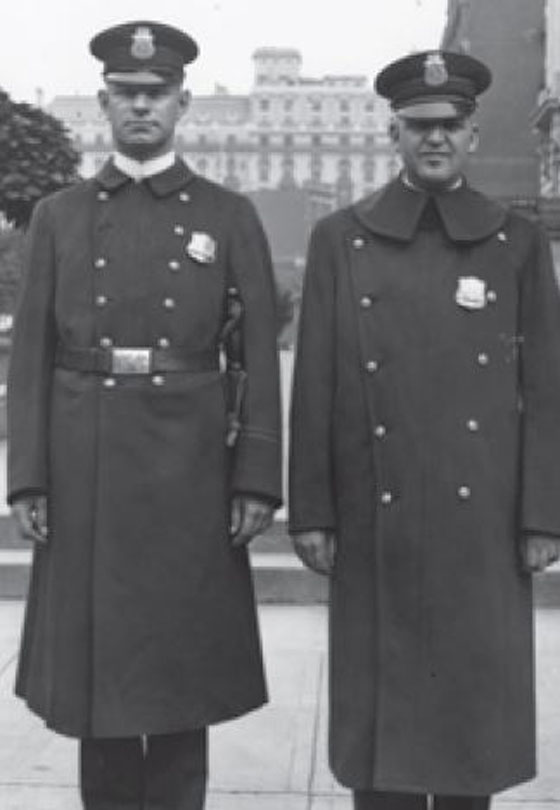

This photo at left, from the Prohibition era, shows an officer with service braids on his arms denoting fifteen years of service.
By 1933, the cap plates had changed to the ones in use now, and it appears that the badges are the punch-out number style used until the late 1990’s.
This officer at left, has a white shirt and tie on under his winter coat.
Officers will wear white shirts until the early 1940’s when the gray shirts are adopted for the officers and the officials maintained the white shirts.
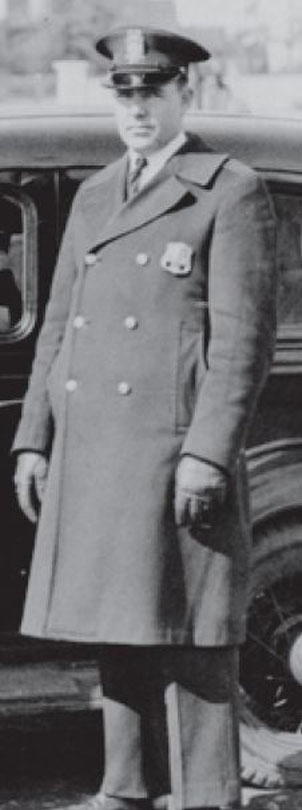
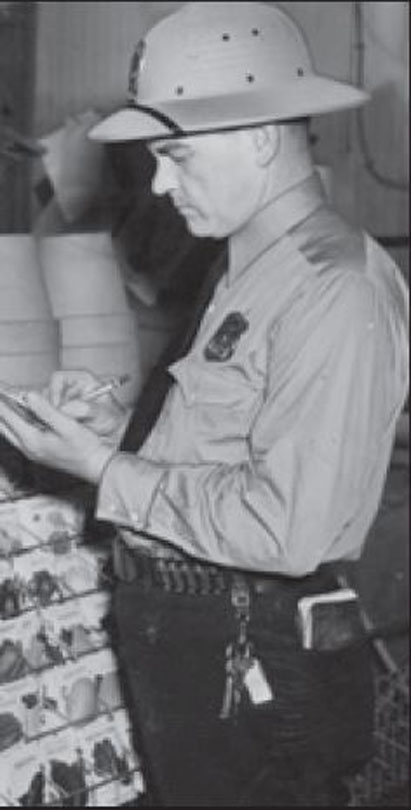
Here an officer, with a pith helmet, is in his gray uniform shirt.
This photo is dated 1942.
This photo from 1949, shows an officer in his uniform blouse, double breasted, with unit collar pins on his lapels.
It is unclear exactly when the eight point hats replaced the rounded military style hats, but it was likely in the late 1930’s
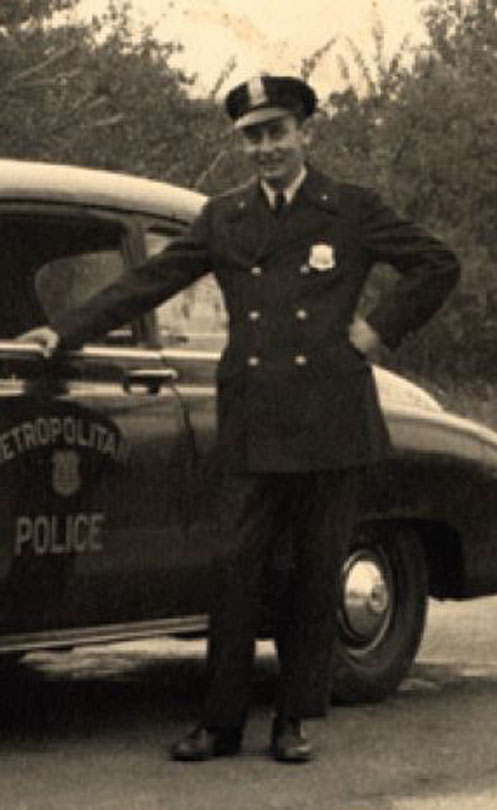
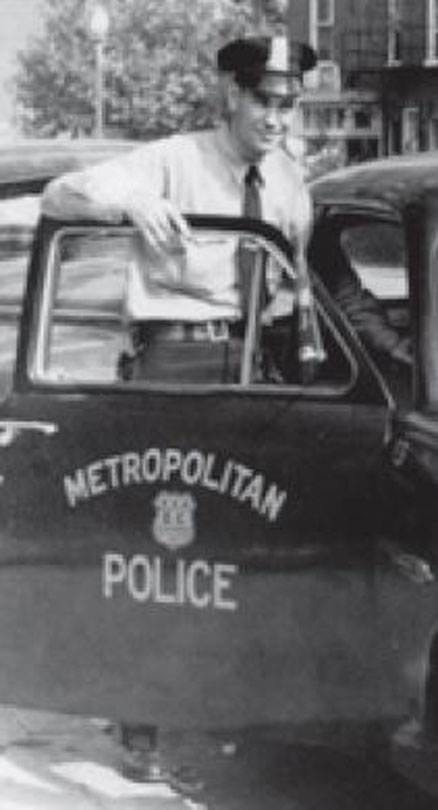
This image from 1952, shows an officer in his long sleeve gray shirt on patrol.
Following the 1956 summer, Transit Strike, the department authorized officers to wear short sleeve shirts for comfort in Washington’s steamy summers.
Here is a group of officers in their gray shirts and neckties.
Note the cross draw pistol on the center officer’s hip.
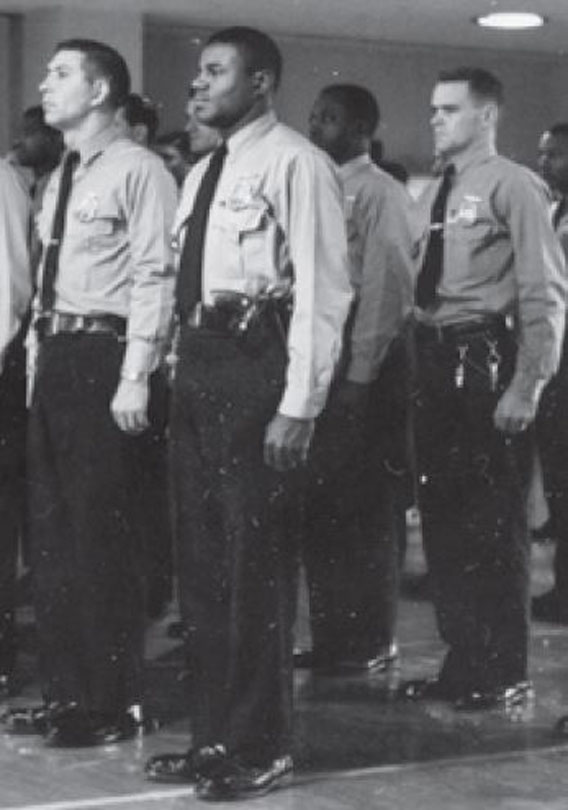
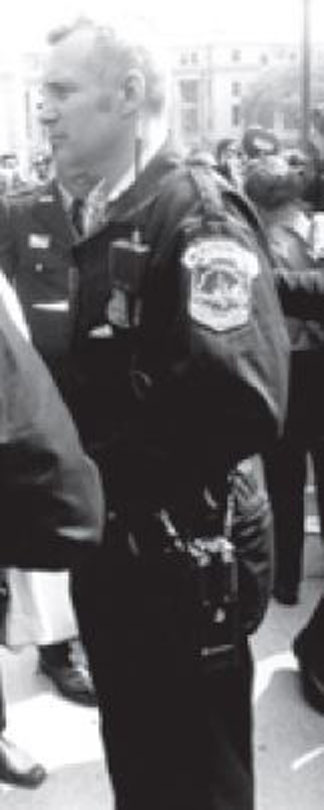
This SOD officer is sporting the precursor to the uniform shoulder patch worn now.
This photo from 1968, shows some SOD Motormen (Traffic Division) with President Lyndon Johnson.
All are wearing the new patch and the flying wheel patch, which was worn by motor officers before 1920.
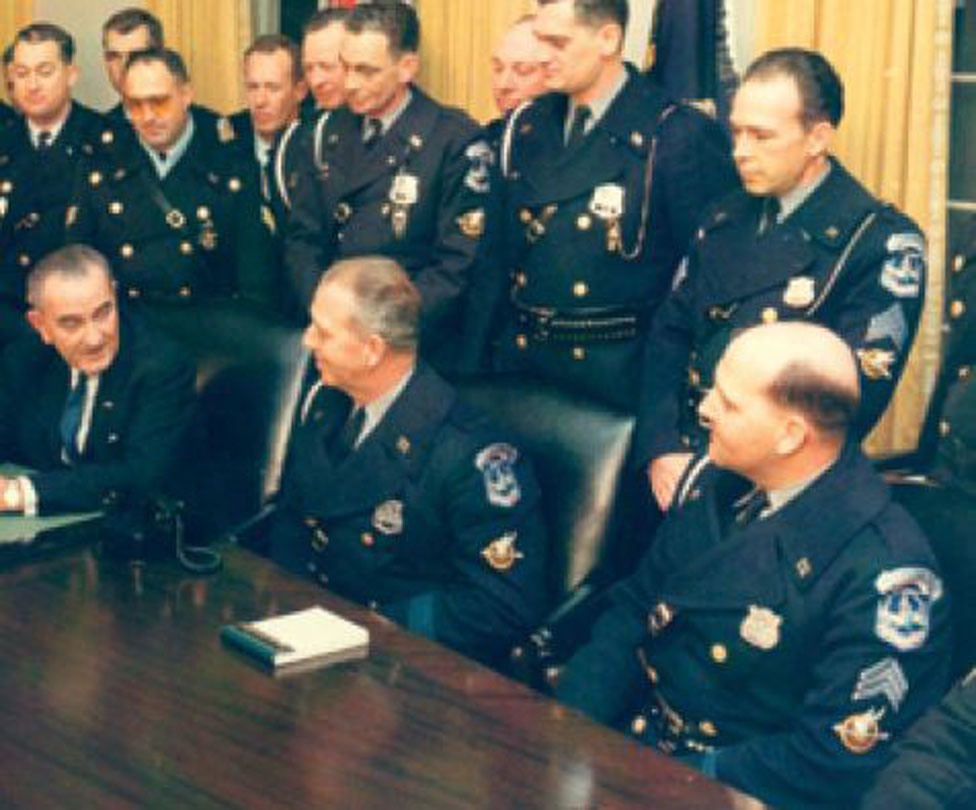
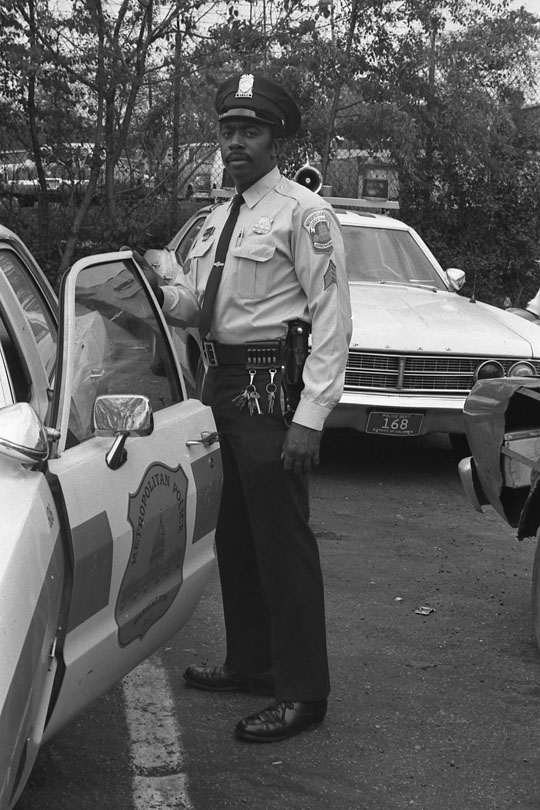
By 1974, or so, the shoulder patch was on every left sleeve, and the police department switched to a powder (Sky) blue shirt for officers and sergeants.
The officials the rank of Lieutenant and above wore white shirts.
The blue shirts remained until 1998, when the entire department changed to an all blue shirt, of a different more aqua blue, and all rank insignia was worn on your shirt epaulet.
Everyone wore a blue shirt from the chief on down.
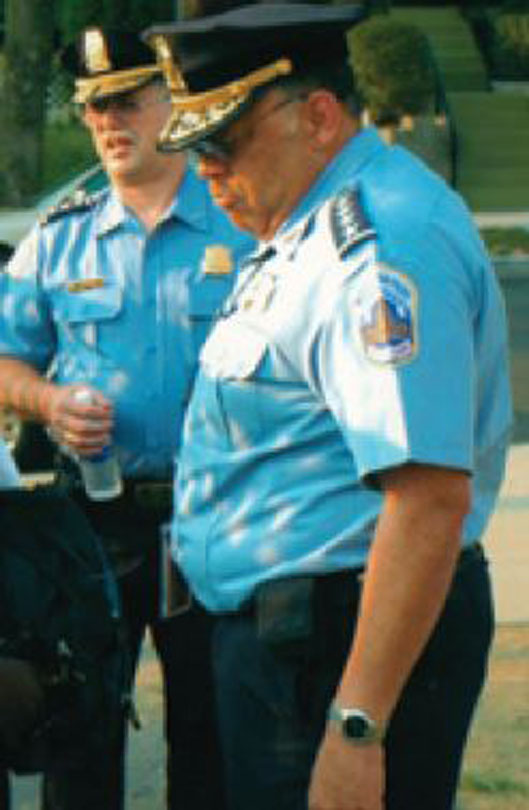
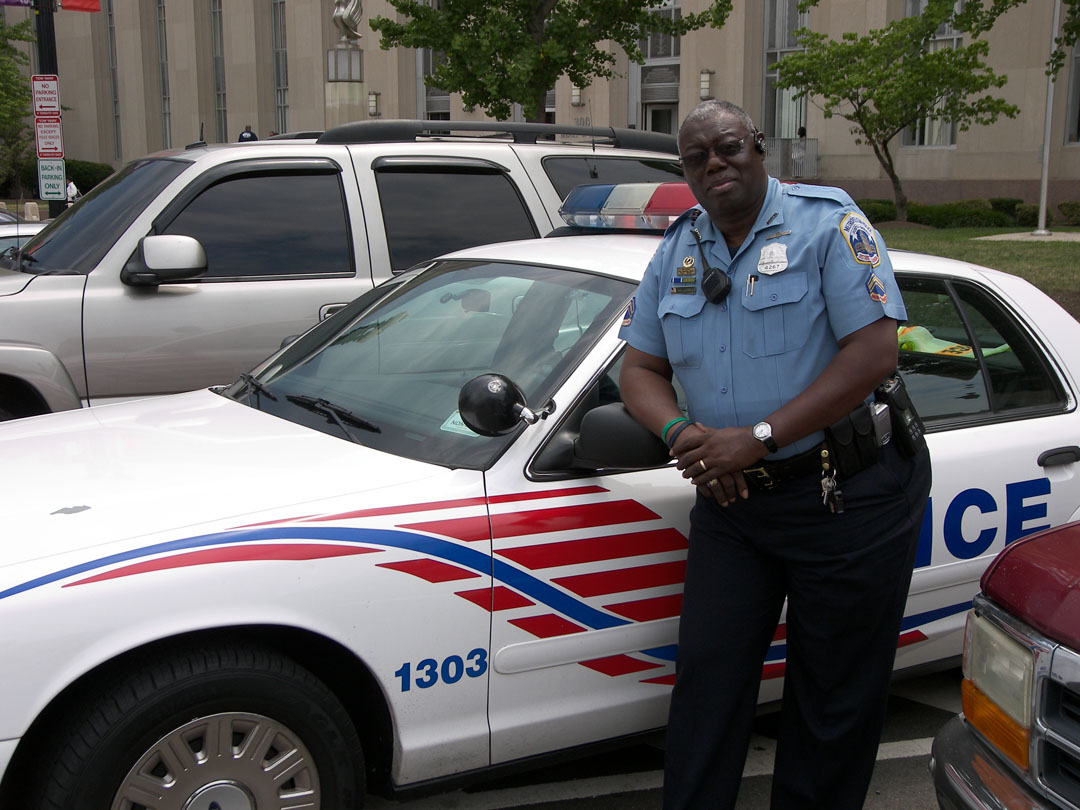
Later the slightly darker blue shirts would remain but a return to white shirts for officials and blue for officers and sergeants was re-instituted.
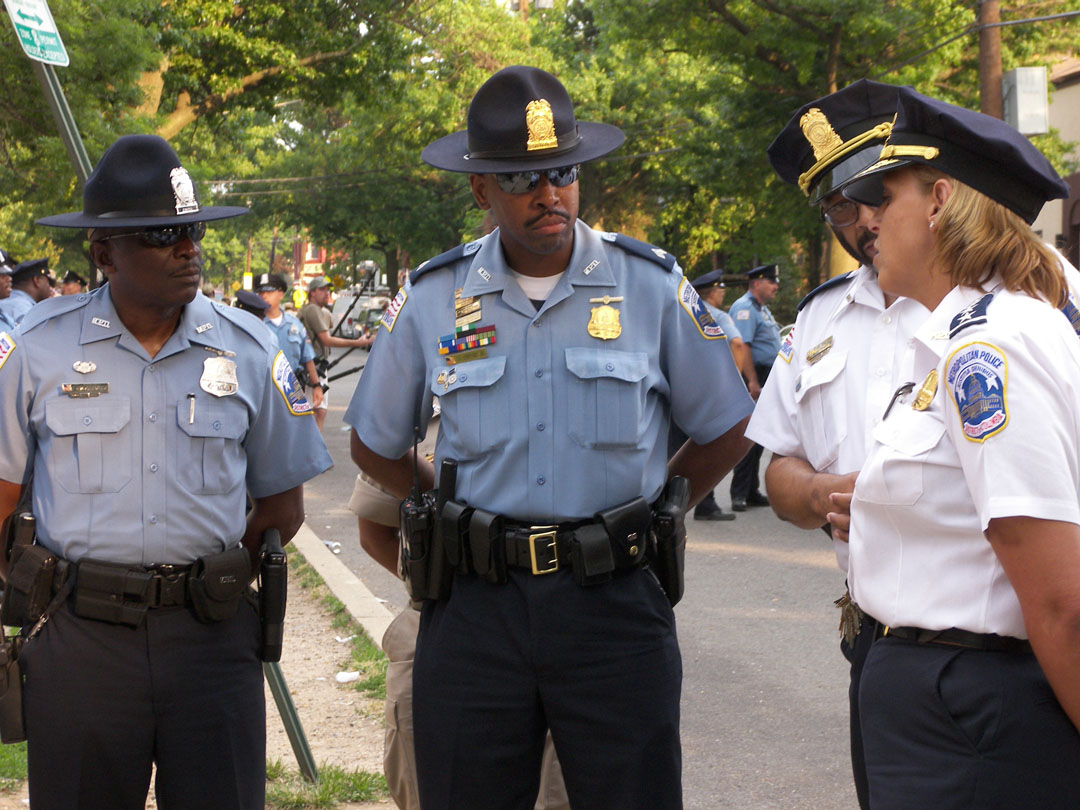
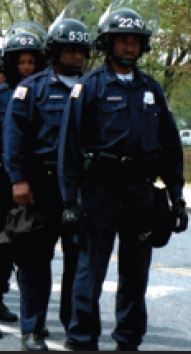
In the early 2000’s officers were allowed to wear their issued all navy blue BDU uniforms for specific details.
This created an allowance to wear the military BDU style cargo pants as part of the regular uniform.
This lead to complaints that officers looked sloppy, as the pockets bulged with items and the pants could net easily be pressed.
Today, the department has again changed its uniform to an all blue, with an outer vest carrier, and the MPD patch on both sleeves.
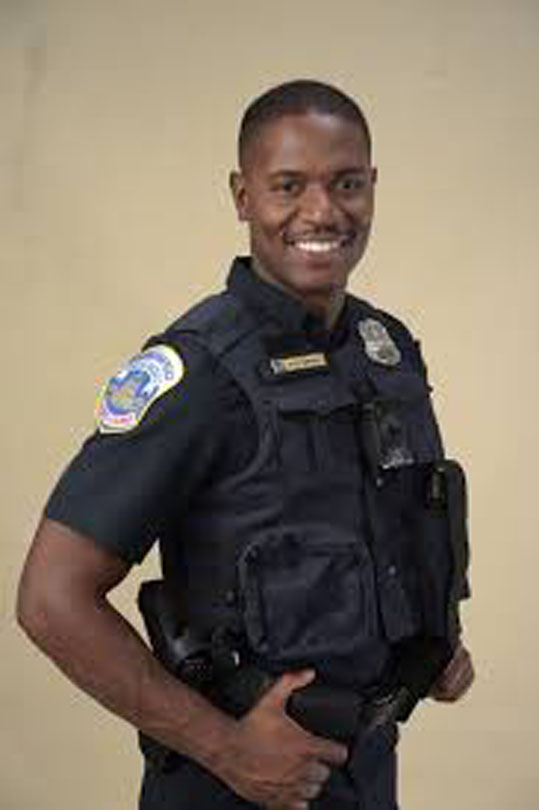

The police patch was not adopted until about 1968-69. The photographs of motormen with shoulder patches were adopted years before. Only the motormen wore patches. The new patch was similar, but not the same.